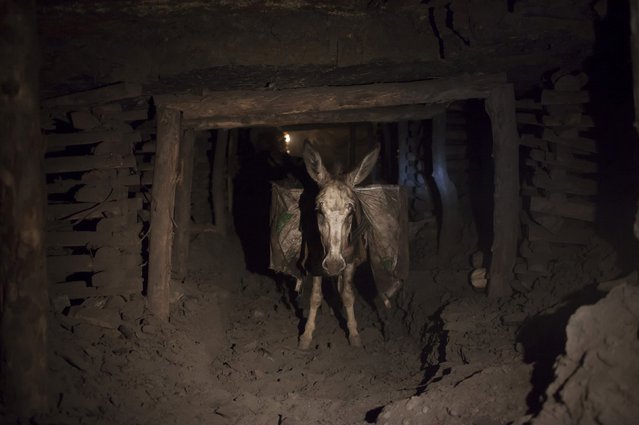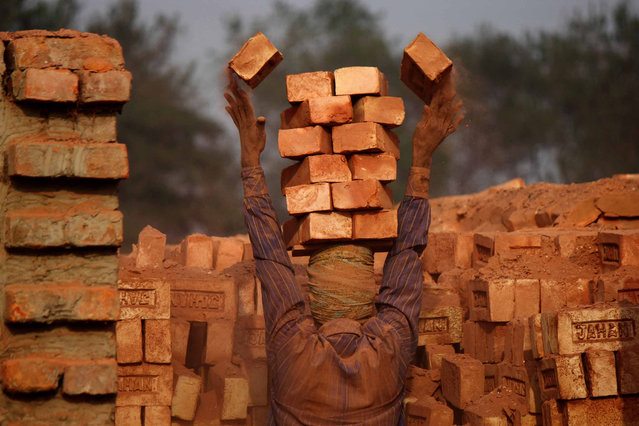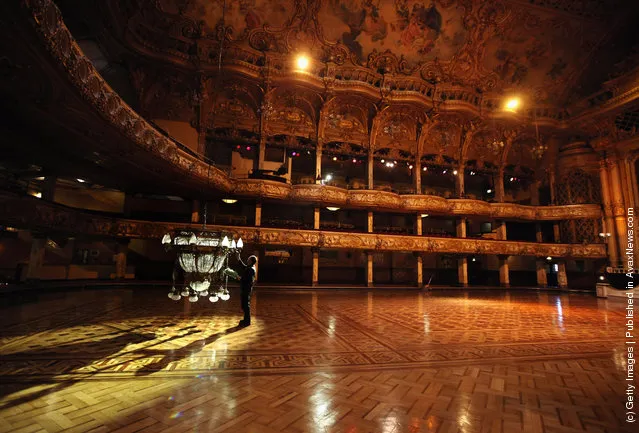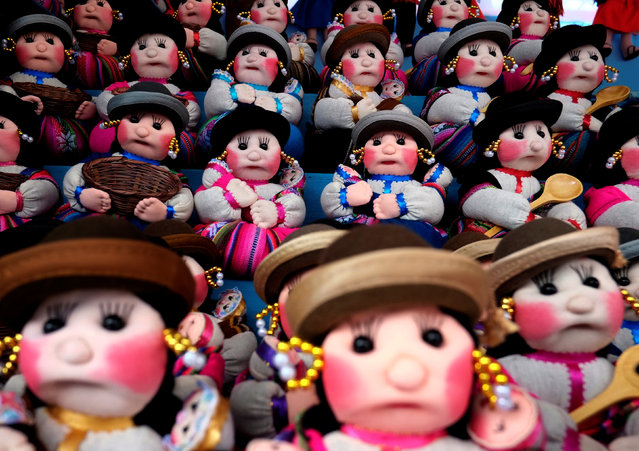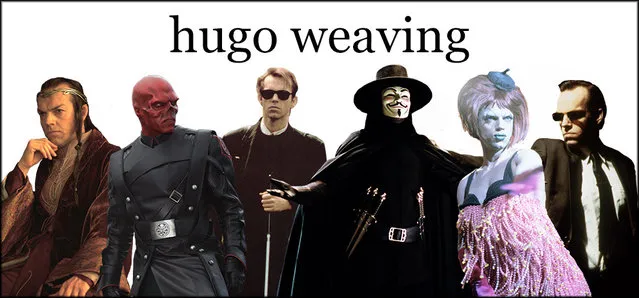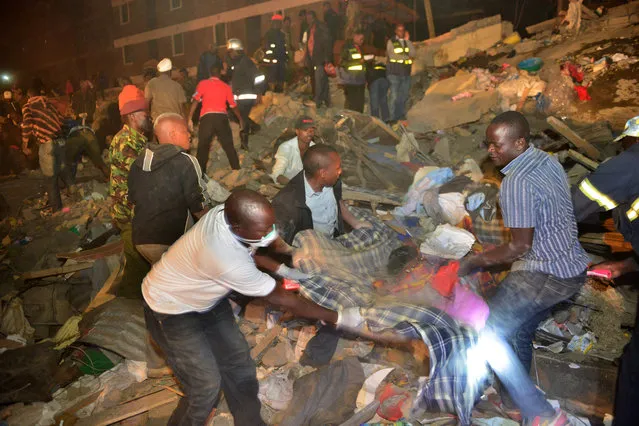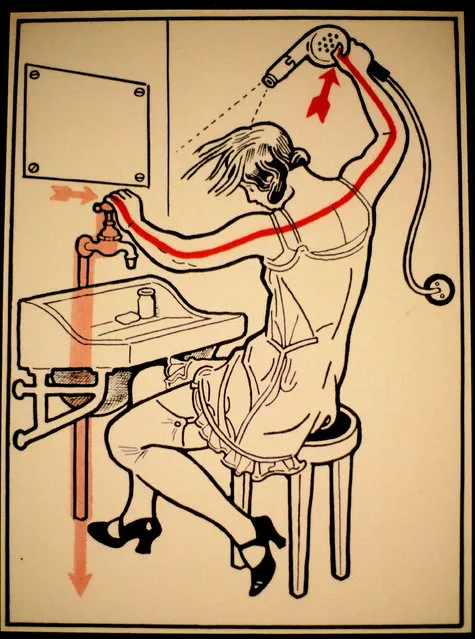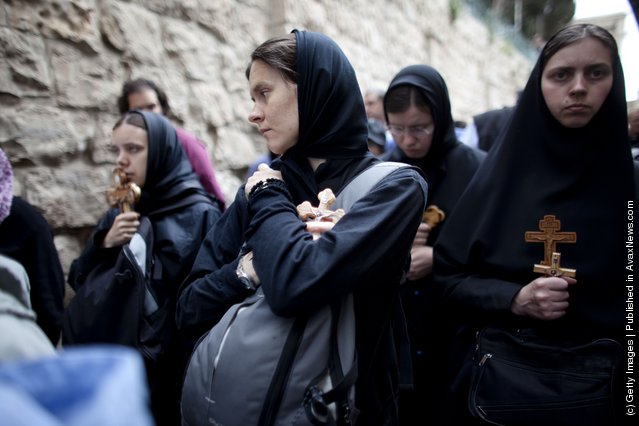
Chrisitan pilgrims carry wooden crosses along the Via Dolorosa during the Good Friday procession on April 22, 2011 in Jerusalem, Israel. Thousands of Christians around the world will today mark Good Fiday when they commemorate the crucifixion of Jesus Christ. In Jerusalem Christian pilgrims took part in processions along the route that Jesus is believed to have taken in his last days as he carried the cross. (Photo by Uriel Sinai/Getty Images)
23 Apr 2011 09:20:00,post received
0 comments

